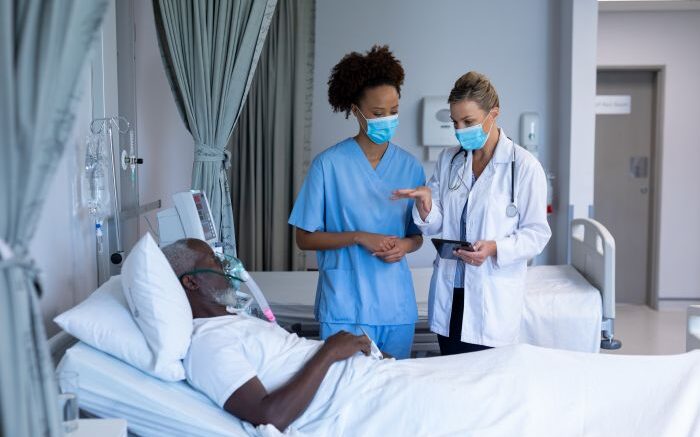Scientists have succeeded in isolating infectious particles of the SARS-CoV-2 virus from air samples collected from hospital rooms of COVID-19 patients and kept frozen for more than a year, a new study shows.
The study was carried out by a group headed by Nathalie Grandvaux, a scientist at the CHUM Research Centre (CRCHUM) and a professor at the Université de Montréal, working together with the squads of Caroline Duchaine (Université Laval) and Yves Longtin (McGill University).
Published in Clinical Microbiology and Infection, the research offers understanding into a scientific realm that has received limited examination since the onset of the pandemic: the airborne spread of the COVID-19 virus.
"In our investigation, we demonstrate using an experimental framework that it is feasible to isolate and nurture contagious viruses from air specimens," Nathalie Grandvaux remarked. "This can be achieved even if specimens were collected more than a year ago, frozen, and preserved prior to cell culture."
If public health organizations, such as the World Health Organization, were sluggish in acknowledging the airborne transmission of the virus, it is partly attributed to inadequate scientific proof of the existence of infectious viral particles in aerosols.
"Conducting these studies is challenging," Grandvaux explained, "since it is essential to conserve the virus's infectivity during the collection process, employ appropriate cell culture methodologies, and gain entry to a level 3 containment laboratory, such as the one at the CRCHUM."
Audray Fortin, a scientist in Nathalie Grandvaux's squad and the study's primary author, devised a distinctive cell culture approach to increase minute amounts of viruses gathered by Caroline Duchaine, a Canadian bioaerosol expert, and her team.
This was another scientific accomplishment that necessitated the use of samplers - a set of collection tools that were positioned inside the chambers of COVID-19 patients - to maintain the virus's infectivity and safeguard it while in storage.
In all, 30 samples were collected during the study from 10 different rooms of patients with COVID-19, then stored frozen in a biobank for 14 months.
Using the aerosol samples from one patient’s room, the team of scientists was able to identify the presence of replicating virus particles.
"Due to our methodology, it is still feasible to retrospectively analyze the existence of infectious SARS-CoV-2 in samples gathered throughout the various waves of the pandemic," Grandvaux stated. "This information will assist us in comprehending the significance of the virus's airborne transmission and implementing tailored preventative tactics."
She added that the discoveries could be utilized to prepare for the next pandemic, whether it be SARS-CoV-2 or another respiratory virus.
"Our study should raise consciousness of airborne contagious viruses. It advocates for the significance of targeting airborne transmission in personal and collective protection measures, which includes enhancing the quality of indoor air," she said.
The collection and culture technique can also be adapted to enclosed settings aside from hospitals, like schools, to assess air quality and assess the efficiency of protective measures against the airborne transmission of viruses.
Source: Centre de Recherche, Centre hospitalier de l'Universite de Montreal (crCHUM)
